Shetland Sheepdog
Sheltie
 akc
akc ankc
ankc ckc
ckc fci
fci nzkc
nzkc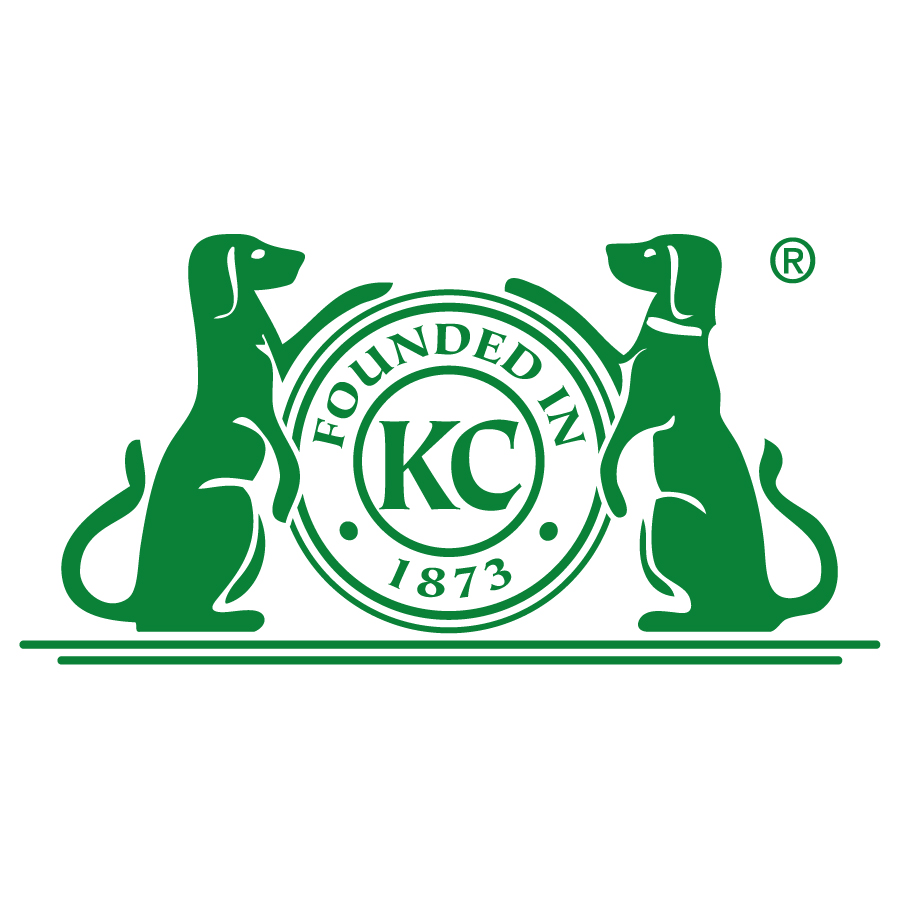 rkc
rkc ukc
ukc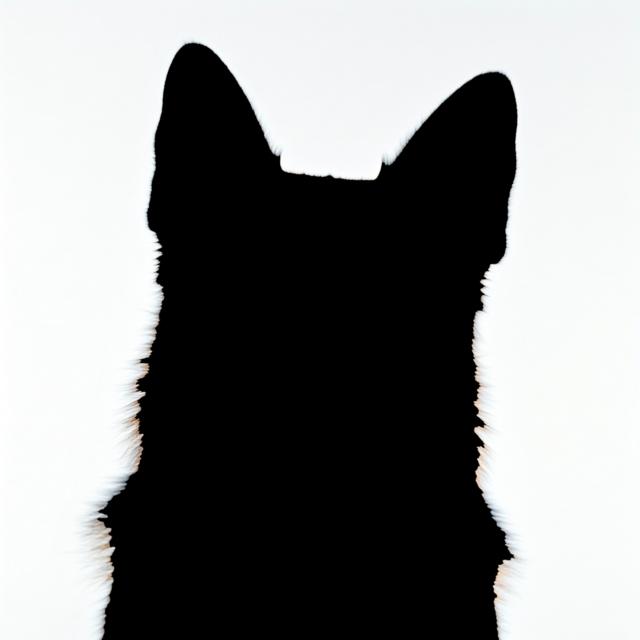
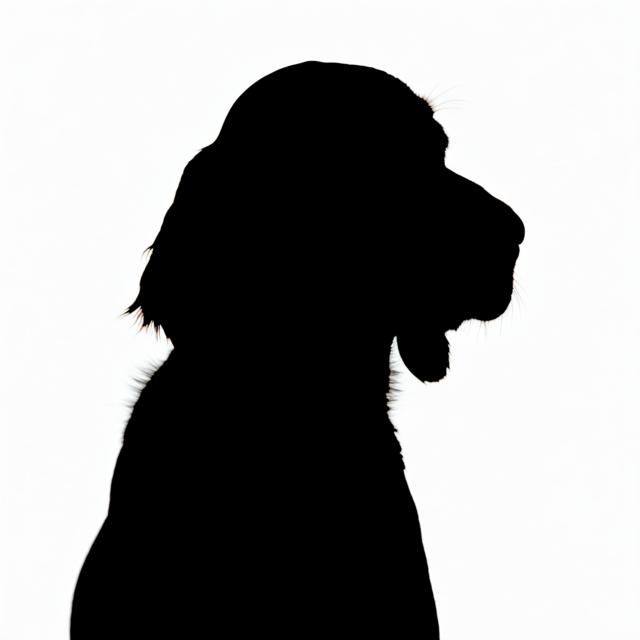
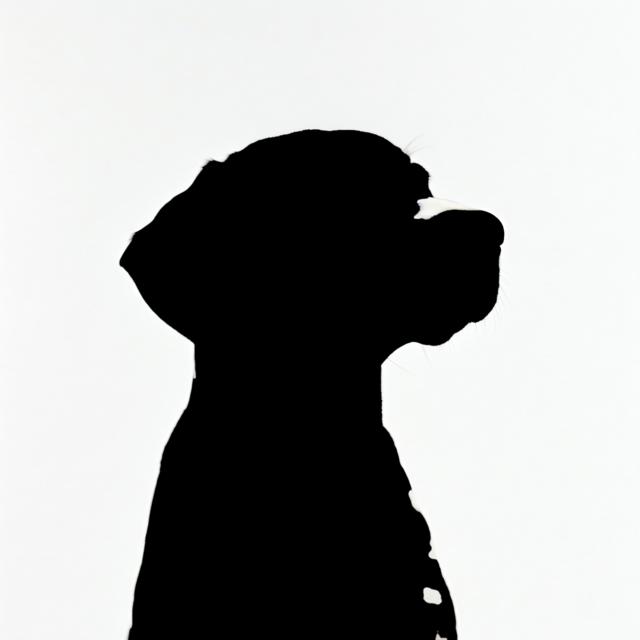
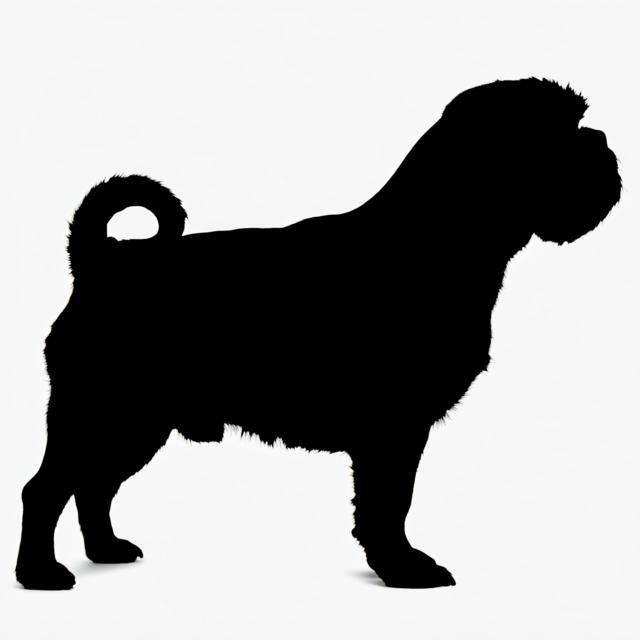
Summary
- The Shetland Sheepdog, or Sheltie, originated in the Shetland Islands and was bred to herd and guard livestock. They are intelligent, loyal dogs with a long double coat requiring regular grooming, and thrive in a variety of working roles, needing moderate exercise and mental stimulation.
Origin and Purpose
- Developed in the Shetland Islands to herd and guard livestock, especially sheep.
Appearance
Dimensions
| Gender | Height | Weight |
|---|---|---|
| Female | 13-16 inches | 15-25 pounds |
| Male | 13-16 inches | 15-25 pounds |
Coat
| Attribute | Notes |
|---|---|
| Color |
|
| Type |
|
| Length |
|
Care
| Attribute | Notes |
|---|---|
| Shedding |
|
| Grooming |
|
| Drooling |
|
Body
| Attribute | Notes |
|---|---|
| Head |
|
| Skull |
|
| Ears |
|
| Eyes |
|
| Nose |
|
| Muzzle |
|
| Teeth |
|
| Neck |
|
| Forequarters |
|
| Fore Legs |
|
| Hindquarters |
|
| Hind Legs |
|
| Feet |
|
| Tail |
|
| Gait |
|
Temperament
- Intelligent, eager to please, sensitive, and loyal.
Social
| Attribute | Notes |
|---|---|
| Affectionate with Family |
|
| Good with Children |
|
| Good with Dogs |
|
| Good with Cats |
|
| Openness to Strangers |
|
| Playfulness Level |
|
| Protective Nature |
|
| Adaptability Level |
|
Working Roles
- Herding livestock, agility, obedience, and therapy dogs.
Exercise Needs
- Moderate; requires daily walks and mental stimulation.
Health
- Generally healthy, but prone to certain conditions like hip dysplasia, Collie eye anomaly, and hypothyroidism.
Additional Notes
- Known for their barking, they require consistent training. They thrive on having a job to do. They are a smaller version of the Collie but a distinct breed.